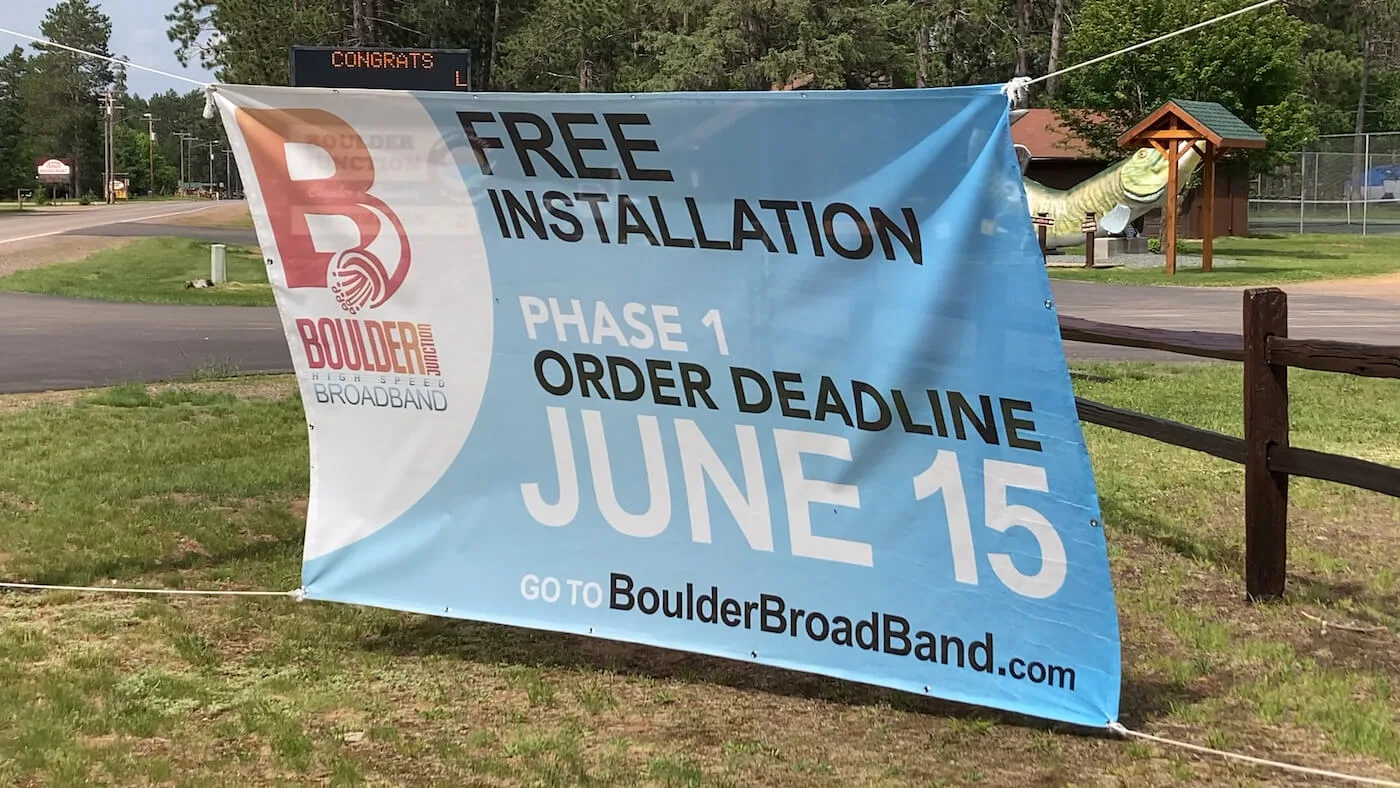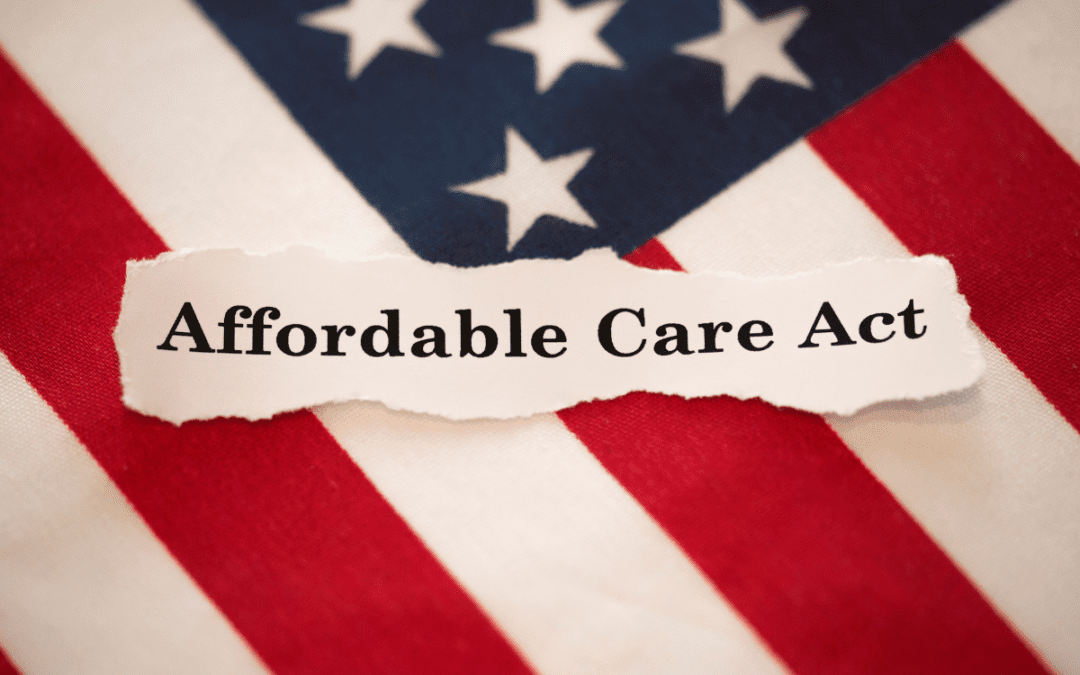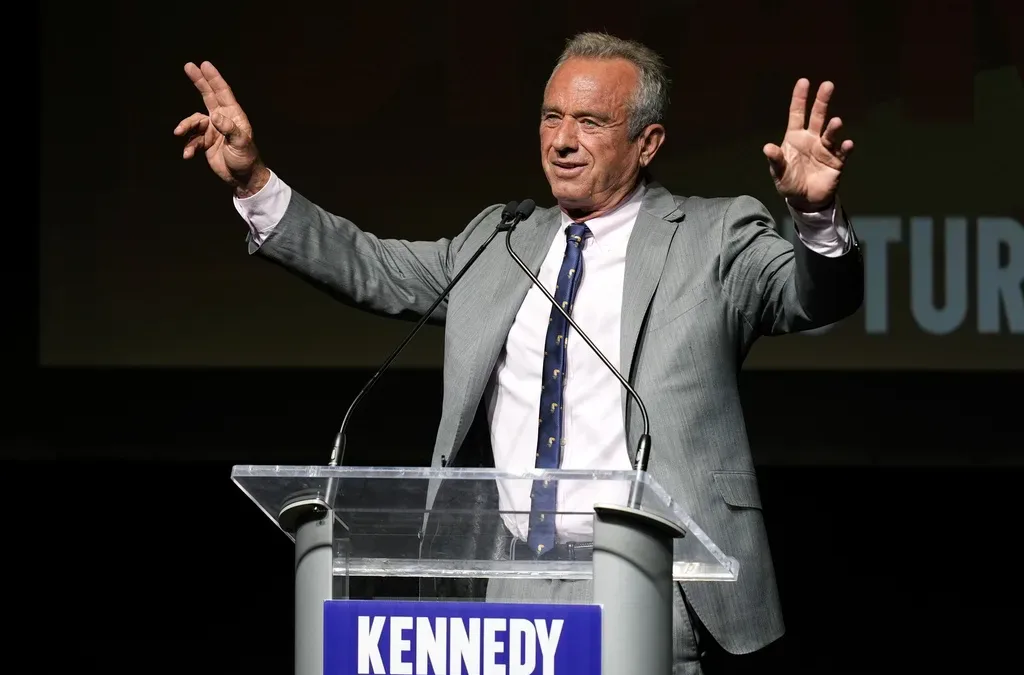
A streetside banner advertises for new high-speed internet service being provided as part of an $8 million project sparked by a public survey identifying slow internet speed as a major problem for the community. (Photo by Evan J. Pretzer)
A local effort to overhaul a small town’s internet shows how government and the private sector can work together to get things done.
When the approximately 950 residents of Boulder Junction, WI decided they were sick of a particular problem, they also decided to stop complaining and start helping themselves. The result is a community that will be the envy of other towns up north, where internet speeds could be compared to the glaciers that created the landscape long ago.
Boulder Junction Library Director Cherie Sanderson said families were all but “screaming at each other to get off [the internet]. ‘What are you doing? What are you downloading? How many browser windows do you have open? The Internet is so slow.’”
Dina Casso, executive director of the Boulder Junction Chamber of Commerce said there was a predictable daily contraction of internet bandwidth. “It must be 5 p.m.,” she said, “and everybody’s checking their phones and now we can’t do what we need to do.”
For years, rural residents have been getting by with connectivity provided by DSL or digital subscriber line infrastructure. This 1980s technology allows people to connect through telephone lines. While less expensive than satellite connections or high-speed fiber optic lines, it wasn’t enough—especially as online activity grew and required a larger digital pipeline.
“We had a lot of bad experiences with it,” business owner Steve Coon of the Coontail Market said. “With DSL it was constantly going up and down. It seemed like it was multiple times per week and every time this happened we had to switch to cellular. If you can imagine trying to run [a store] through a cellular network, it didn’t end well.”
The 2021 Broadband Deployment Report from the Federal Communications Commission said 6.8% of Wisconsin’s population lacked access to one fixed, terrestrial broadband service with a speed of 25 Mbps (the bare minimum definition of broadband)—worse than the United States average of about 4.4%.
Earlier: How Wisconsin’s Broadband Gaps Hurt Rural Communities
But the people in Boulder Junction got tired of accepting slow as normal. In 2017, a survey done by the Boulder Junction Economic Development Committee listed slow internet as the community’s greatest economic challenge.
In many communities, the story might have ended there—with endless complaints about slow speed and the lack of money to do anything about it.
But local officials got to work learning what needed to be done. During a town meeting, community leaders presented an idea to bring high-speed internet into area homes and businesses and the public rewarded their homework with an overwhelming vote to proceed.
“We were surprised when we got the positive attitude,” said Boulder Junction town Chair Dennis Reuss. “We thought we could go through phases of the construction and phase it all out and break the costs down, but people did not want to wait. They gave us the foot on the pedal to go ahead and start moving forward.”
Funding for the multi-part project has totaled more than $8 million so far—with some $3 million coming from the community and nearly $4 million coming from the administration of Gov. Tony Evers. Private partner CenturyLink has also contributed more than $900,000. While there is no direct federal funding for the local expansion of fiber optic lines, national dollars did play a role in the DSL infrastructure on which expansions are being built.
“Grants are very important,” said Reuss. “It helps start filling the bucket with finances that need to be available for us to continue with a project. I think because we were on the ground floor, the grant process was a little easier. This will work if you get people together and get organized. Grants to me are a huge part of this project. The state and the federal government have been large on monies for projects such as this.”
The Evers administration has given out more than $225 million for expansion grants overall, according to the Governor’s Task Force on Broadband Access. Much more than the $78 million allocated over the prior eight years.
ANALYSIS: Evers’ Broadband Expansion Efforts Grow Rural Economies
Town leaders said a key component for community buy-in was a practice of frequent and transparent updates. Bill Niemuth, Boulder Junction Highspeed Broadband Expansion Committee vice-chairman, said there were at least eight public meetings to provide information and take community questions. It was a combination of that local homework and openness, combined with public and private funds from multiple sources that is about to put the small community on-par with far larger cities.
“I believe government works,” Dennis Aukstik, Boulder Junction Economic Development/Connect Communities Committee chairman said. “The best example for that is I believe our town government in the town of Boulder Junction works. I’m not going to agree with anyone who suggests the government doesn’t work. Government functions here every day. The fiber project is one example. Our town is moving forward.”
About half the community will have broadband this summer, with the rest on track to be completely wired in by the end of 2022. Niemuth said the Governor’s Task Force on Broadband Access report can give a wealth of information on “providers, local and regional partners, planning and technical assistance opportunities, funding and resources.“
“The state was great to work with,” said Niemuth. “That Public Service Commission broadband group doesn’t get hardly any recognition. They’re rock stars. I mean, when you think about what they’re processing and what they have to go through, they were fantastic to work with.”
Even so, Niemuth said the process requires time and diligence to follow the paper trails and secure the funds.
“The key message for other communities is, you are not going to get this in two weeks,” he said. “This is going to be a process. It is going to take hard work, understanding and communication. But be patient, be And now they’re not just improving in the present; they’ve set a path to grow for the future.
Boulder Junction’s new broadband internet lines run over 38 miles and will serve 1,200 units.
From a business standpoint, Casso said, “It certainly has made it easier to help market and promote our town—whether that’s business owners, young families moving in and wanting to relocate, remote workers, entrepreneurs, it’s really changed the landscape and how people can operate and function.”
Sanderson and other leaders noted the town is already adding to its population—not only with retirees, but also an influx of remote workers who are now flocking to the community..
“We saw an increase in people coming up and starting to work out of their vacation home, parents’ home—people that can be flexible with where they work,” she said.
Town leaders are already advising more than a dozen other communities on how to apply for funds that can help turn their glacial internet into a rushing river of 1’s and 0’s.
“I would just submit that any other town that’s interested in fiber should light a fire and get moving at it.,” said Aukstik. “You deserve, everyone deserves high speed internet in this day and age, just like you deserve electricity. You deserve high speed internet.”
The administration of President Joe Biden had proposed spending $100 billion on broadband service nationwide, but had to settle for $65 billion to get Republican votes for his Bipartisan Infrastructure Law. As a result of the law, Wisconsin will get another $100 million to grow high-speed coverage around the state, according to a White House report.
‘There are very few truly bipartisan issues today,” said Niemuth. “And that’s unfortunate. Broadband is one of them. And it seems that because so many electors and constituents are on board, that the elected officials are on board. So, the funding needs to be there because these projects in rural America, rural Wisconsin will not get done unless there’s public funding.”
Politics

Opinion: Many reasons why young adults should refuse to let Republicans kill the Affordable Care Act
In this op-ed, University of Wisconsin Medical School student, Samantha Crowley, shares the importance of young adults protecting the Affordable...

He said what? 10 things to know about RFK Jr.
The Kennedy family has long been considered “Democratic royalty.” But Robert F. Kennedy, Jr.—son of Robert F. Kennedy, who was assassinated while...
Local News

Stop and smell these native Wisconsin flowers this Earth Day
Spring has sprung — and here in Wisconsin, the signs are everywhere! From warmer weather and longer days to birds returning to your backyard trees....

Your guide to the 2024 Blue Ox Music Festival in Eau Claire
Eau Claire and art go hand in hand. The city is home to a multitude of sculptures, murals, and music events — including several annual showcases,...




